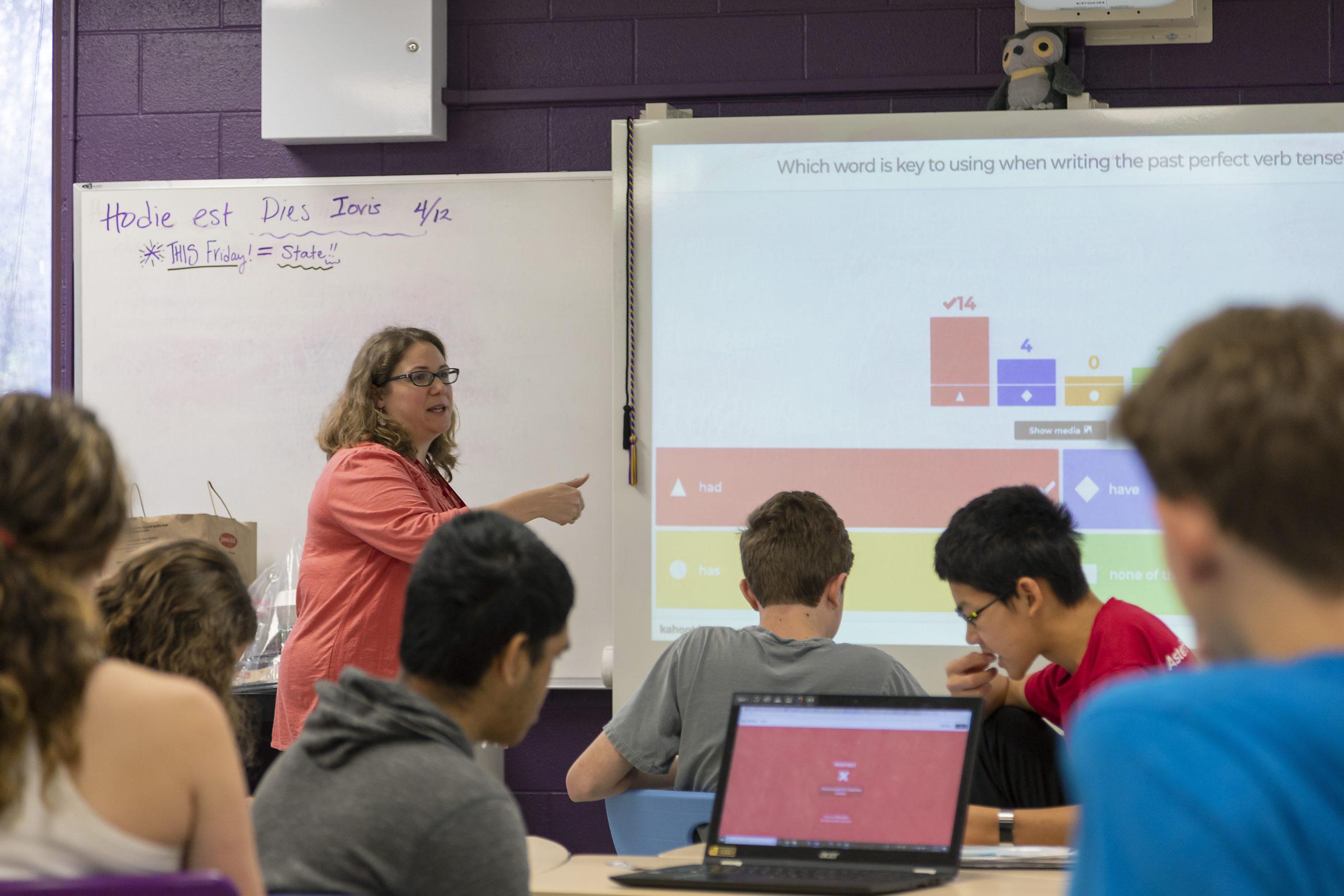Student Feedback Reveals Powerful Impact of Game-Based Learning on classroom Success
Game-based learning is revolutionizing classroom experiences across the globe. Recent student feedback has uncovered striking insights regarding how incorporating educational games can elevate engagement, knowledge retention, and overall classroom success. In this complete article, we explore the impact of game-based learning through first-hand experiences, practical tips, case studies, and research-backed benefits.
Understanding Game-Based Learning in Education
Game-based learning refers to the use of interactive games designed for educational purposes. By integrating fun challenges, rewards, and collaboration, these games transform traditional lessons into engaging, immersive experiences. Both digital and physical game-based learning strategies have gained popularity in modern classrooms, from math puzzles and quizzes to simulation games and role-playing activities.
- Digital game-based learning: Utilizes apps, platforms, and educational software to enhance remote or classroom-based lessons.
- Physical game-based learning: Incorporates hands-on board games, card games, and team activities suited to various age groups.
Educators are increasingly adopting game-based learning for its ability to cater to diverse learning styles, encourage collaboration, and boost classroom achievement.
Student Feedback: The Real Impact of Game-Based Learning
Feedback from students paints a vivid picture of how game-based learning shapes classroom dynamics and personal growth. Here are key themes emerging from direct student surveys and testimonials:
- Higher Engagement: Students report feeling more engaged and motivated when lessons incorporate game elements. As one high schooler shared, “I look forward to classes with games—it feels like learning without the pressure.”
- Better Retention: Interactive games help students remember concepts longer. “The quiz app helped me memorize vocabulary much faster than traditional worksheets,” explained a seventh grader.
- Collaboration and Social Skills: Game-based learning fosters teamwork and dialog. Group games encourage students to strategize together, boosting their social confidence.
- Encouragement of Critical Thinking: Challenging gameplay prompts students to apply logic, analyze problems, and develop solutions.
- Increased enjoyment: fun game-based activities reduce classroom anxiety and encourage participation from even the most reticent learners.
The overwhelming consensus is clear: students not only grasp information faster but also develop vital life skills through game-based learning.
Research-Backed Benefits of Game-Based Learning
Numerous studies validate what students already feel—game-based learning produces measurable academic and social improvements. Here’s a summary of research findings:
- Enhanced Academic Performance: According to a 2022 meta-analysis published in the Journal of Educational Technology, classrooms pervaded by game-based strategies showed a 15% higher test score average compared to traditional classes.
- Boosted Engagement: The American Educational Research Association found that students participating in regular game-based lessons reported greater interest in subjects like math and science.
- Social-Emotional Development: Team games cultivate leadership, empathy, and cooperation, essential for real-world success.
- Inclusive Learning: Game-based learning enables differentiated instruction, allowing all students—including those with learning differences—to participate meaningfully.
Case Study: Transformative Effects of Game-Based Learning
In a suburban middle school, the math department piloted a game-based learning platform during the spring semester. Here’s what unfolded:
- Academic Improvement: Standardized math scores rose by 18% compared to the previous year’s scores.
- Engagement spike: attendance improved, especially among previously disengaged students.
- Positive Student Feedback: Over 90% of surveyed students found math “more enjoyable and fascinating” after game-based integration.
- Teacher Observations: Educators noticed unparalleled student participation and deeper questioning.
This case study echoes countless similar school experiences worldwide—game-based learning consistently correlates with greater academic and social outcomes.
First-Hand experiences: Direct Quotes from Students
“Learning with games in social studies changed how I view history. Now, it feels like I’m stepping into the past instead of reading boring pages.” – Emily, 9th Grade
“Science escape rooms in class made me push myself. I figured out problems with my friends—even when it was hard, I wanted to keep going.” – raj, 7th Grade
“I never raised my hand before, but team trivia helped me feel safe sharing ideas. now I speak up more in every class.” – Maria, 6th Grade
Real student voices underscore the motivational power and inclusivity of game-based learning environments.
Practical Tips for Implementing Game-Based Learning
Transitioning to a game-based classroom doesn’t require expensive software or expert coding. Here are actionable tips for educators and administrators:
- Start Simple: Introduce quiz-based games or flashcards to supplement lessons.
- Use Digital Resources: Leverage platforms like Kahoot!, Quizizz, or Minecraft: Education Edition for digital engagement.
- Encourage Team Play: Group students for collaborative challenges and competitions.
- Rotate Game Types: Mix up strategy games, role-plays, puzzles, and physical activities to reach diverse learners.
- Solicit Student Feedback: Regularly ask students about their favourite game-based activities and adjust accordingly.
- Balance Fun & Learning: Ensure every game aligns with curriculum goals and assessment needs.
addressing common Challenges with Game-Based Learning
While student feedback is overwhelmingly positive, some educators encounter hurdles when adopting game-based methods:
- Time Constraints: Games may require more class time; brief, targeted activities maximize impact without sacrificing syllabus coverage.
- Resource Limitations: Free online games and printable resources offer budget-amiable solutions.
- Classroom Management: Clear rules and structured play maintain focus and productive behavior.
- Assessment Alignment: Design games with measurable learning outcomes to track progress.
Proactively addressing these challenges ensures that game-based learning benefits every classroom dynamic.
Conclusion: Game-Based Learning Fuels Classroom Success
The verdict from students is unanimous—game-based learning transforms classrooms into energetic, inclusive, and triumphant learning environments. Backed by powerful feedback and rigorous research, game-based strategies deliver higher engagement, improved knowledge retention, and critical soft skills essential for lifelong learning. As educators embrace this innovative teaching method, they not only boost academic scores but also ignite curiosity and collaboration among students.
Whether you’re a teacher,administrator,or parent,integrating game-based learning can unlock new heights of classroom success. Listen to your students, experiment with different games, and watch the remarkable transformation unfold.

